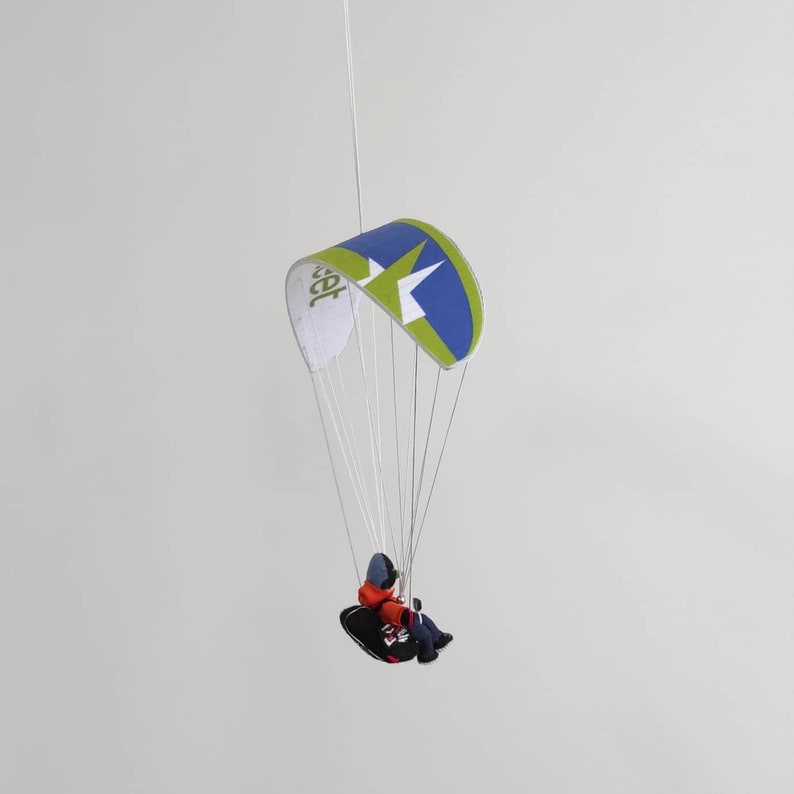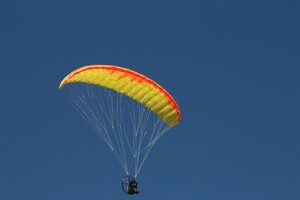
Sometimes you only need a type rating to act as the pilot in command (PIC) not the second in command (SIC). Please be careful before you go around saying you need a “type” rating to fly a certain aircraft. Do you need a type rating to act as a second in command (SIC)? Europe and Australia almost always require you to get checked out in every aircraft you fly. NOTE: “type” ratings mean different things in the international community. You can read more about the SFAR 73-2 by clicking here. The FAA requires you to have “special training” to fly the R-22 or R-44. Pilots can sometimes confuse “type” ratings with “special training.”įor example, pilots often think you need a “type” rating to fly an R-22 helicopter, but that’s not true. What is the difference between a type Rating and special training?
Paraglider models typesy license#
Notice the UH-60 Blackhawk will go on the FAA license as an “S-70” type. Here is a screenshot of the helicopters with type ratings. Click here to get the list of FAA type ratings and scroll to the bottom for helicopters. Helicopters generally don’t have type ratings because they usually don’t weigh more than 12,500 pounds. Here’s how the FAA lists the Bombardier Q400.Ĭlick here to get the FAA’s list of type ratings to figure out what the different aircraft will translate to on your FAA license. I thought the type rating would read “Q400,” but not so. After I did my final check ride in the simulator, I got a DHC-8 “type” rating. I used to fly the Bombardier Q400 for a regional airline. It’s difficult to know what the official type rating is compared to the commercial name of the aircraft.
Paraglider models typesy how to#
How to find the type rating designation for an aircraft: Type ratings are no joke which is why they are coveted by pilots. The FAA outlines its training requirements for a type rating in their Advisory Circular: AC 61-89e. Often times the name of the aircraft and the designated type are completely different (see below). Type ratings go on a pilot’s FAA license. In order to fly it, you have to get special training and a check ride. The King Air 350, though, weighs more than 12,500 lbs. Most helicopters don’t have type ratings because they don’t weigh more than 12,500 pounds.įor example, most King Air 200s weigh less than 12,500 lbs, so it stays in the airplane category with a class of multi-engine land and no type rating.turboprop) airplanes don’t have a separate “type” rating until they get above 12,500 pounds. All turbojets, regardless of weight, require a “type” rating.Here are three overarching rules pilots should know when it comes to type ratings: The FAA decides these aircraft are so complicated they require training above and beyond initial pilot training. The type rating is a designation assigned to certain aircraft so that pilots get additional training before flying them. A Cessna Caravan on floats is in the category of “airplane,” and the class of “single-engine, sea.”.A Cessna 182 is in the category of “airplane,” and the class of “single-engine, land.”.A UH-60 Blackhawk is in the category of “rotorcraft,” and the class of “helicopter.” Helicopters do not differentiate between multi-engine or single-engine.A King Air is in the category of “airplane,” and the class of “multi-engine, land.”.So, let’s put the category and classes together with four examples:

Some of the classifications can get quite interesting! I’ve never seen a multi-engine sea airplane in action, but I’d love to! Here’s a classic example of the Grumman Goose: weight-shift-control aircraft sea class.weight-shift-control aircraft land class.The classes most pilots will deal with are “land,” “sea,” “single-engine,” and “multi-engine.” Some categories are further broken down into a “class.” Classes are a way to further distinguish between types of aircraft. Weight-shift control aircraft (hang gliders and ultralight trikes).Powered parachute (not to be confused with powered paragliders).Lighter than air ( balloons and airships).

The US Army plans to transition its entire fleet of helicopters into this category.

When possible I will include examples and point out some odd exceptions.įirst, let’s start with some definitions. However, this article will lay it out so even if you never fly anything other than a small Cessna, you will still understand the basics. It’s only much farther into your career when you get exposed to different kinds of aircraft that it starts to make sense. Part of the problem for pilots is often these definitions don’t apply to them initially. It is hard to figure the difference between a category, type, and class of aircraft when pilots first start out.


 0 kommentar(er)
0 kommentar(er)
